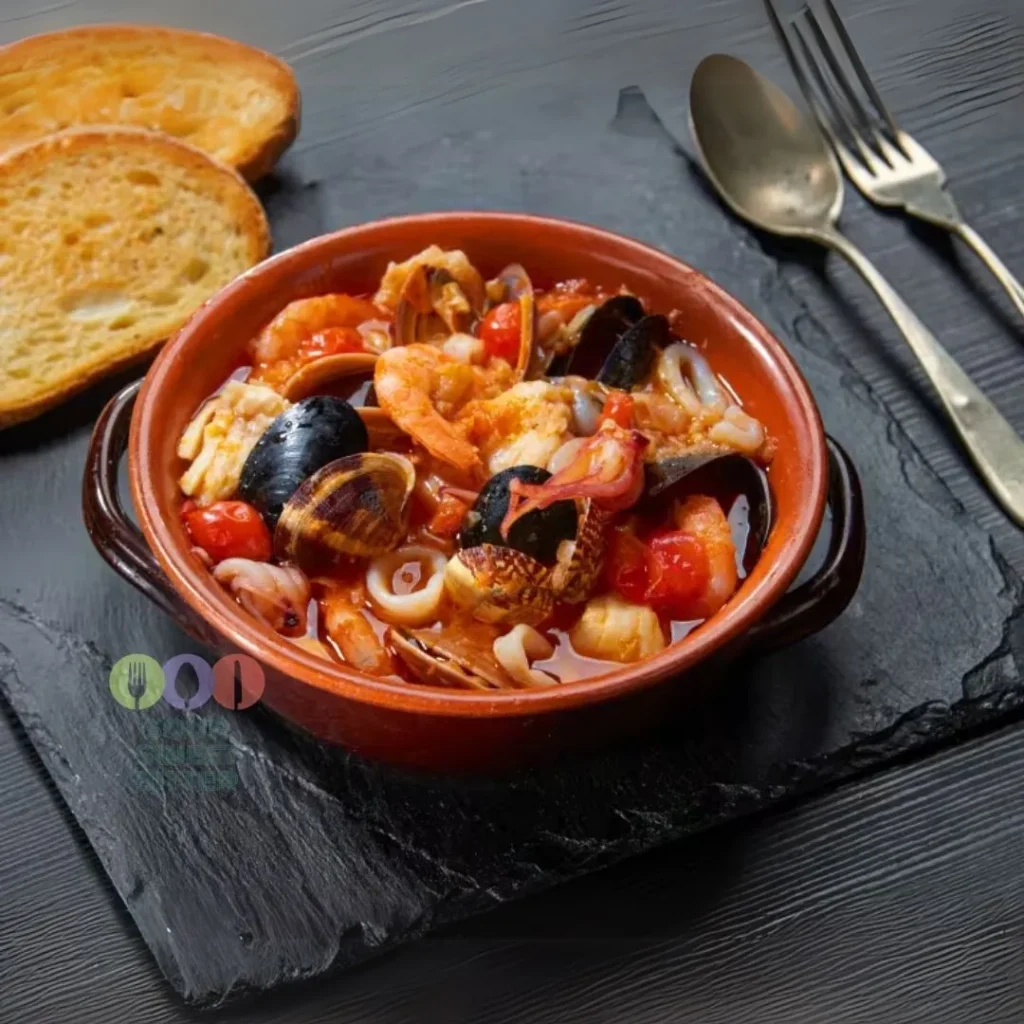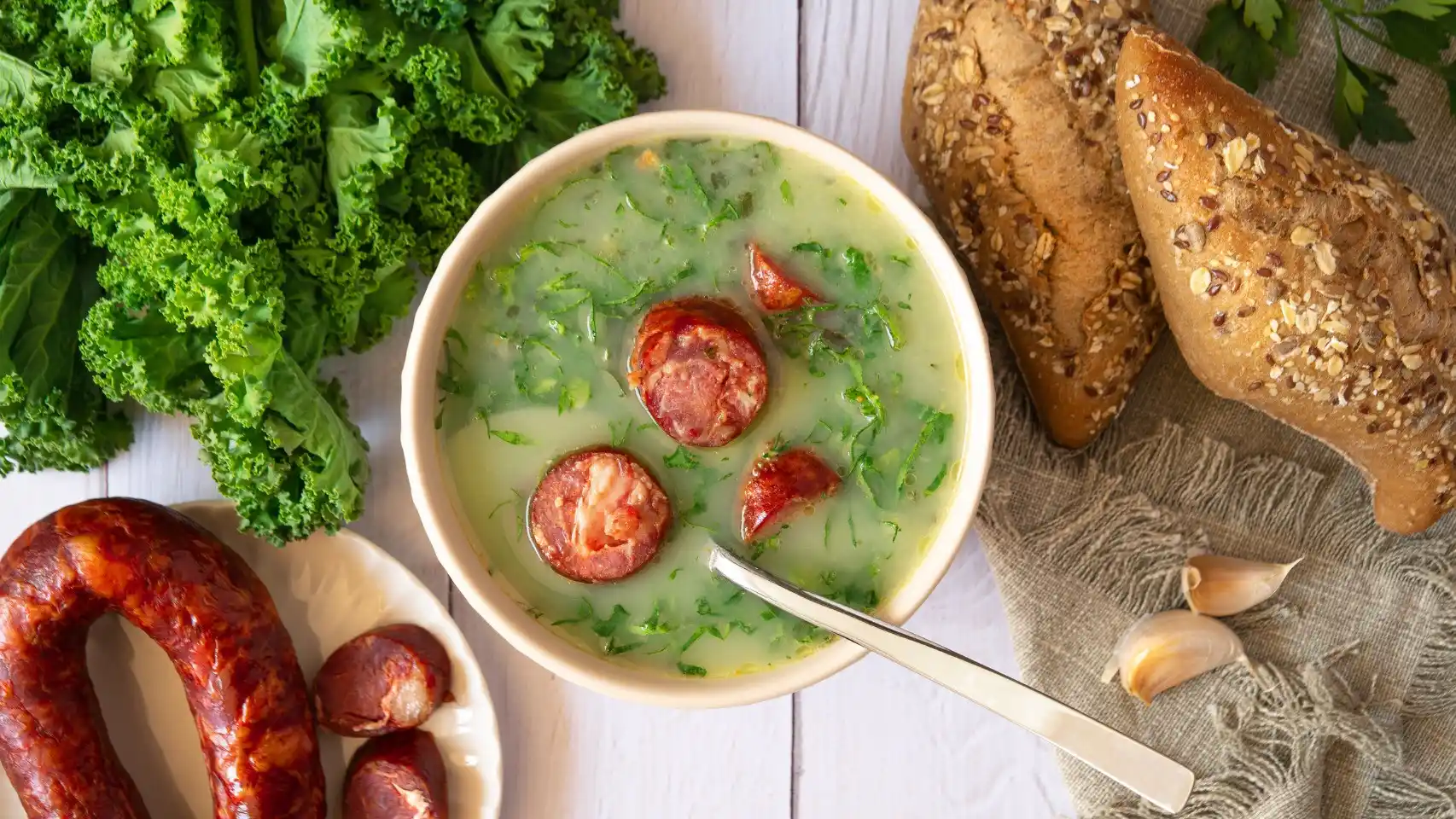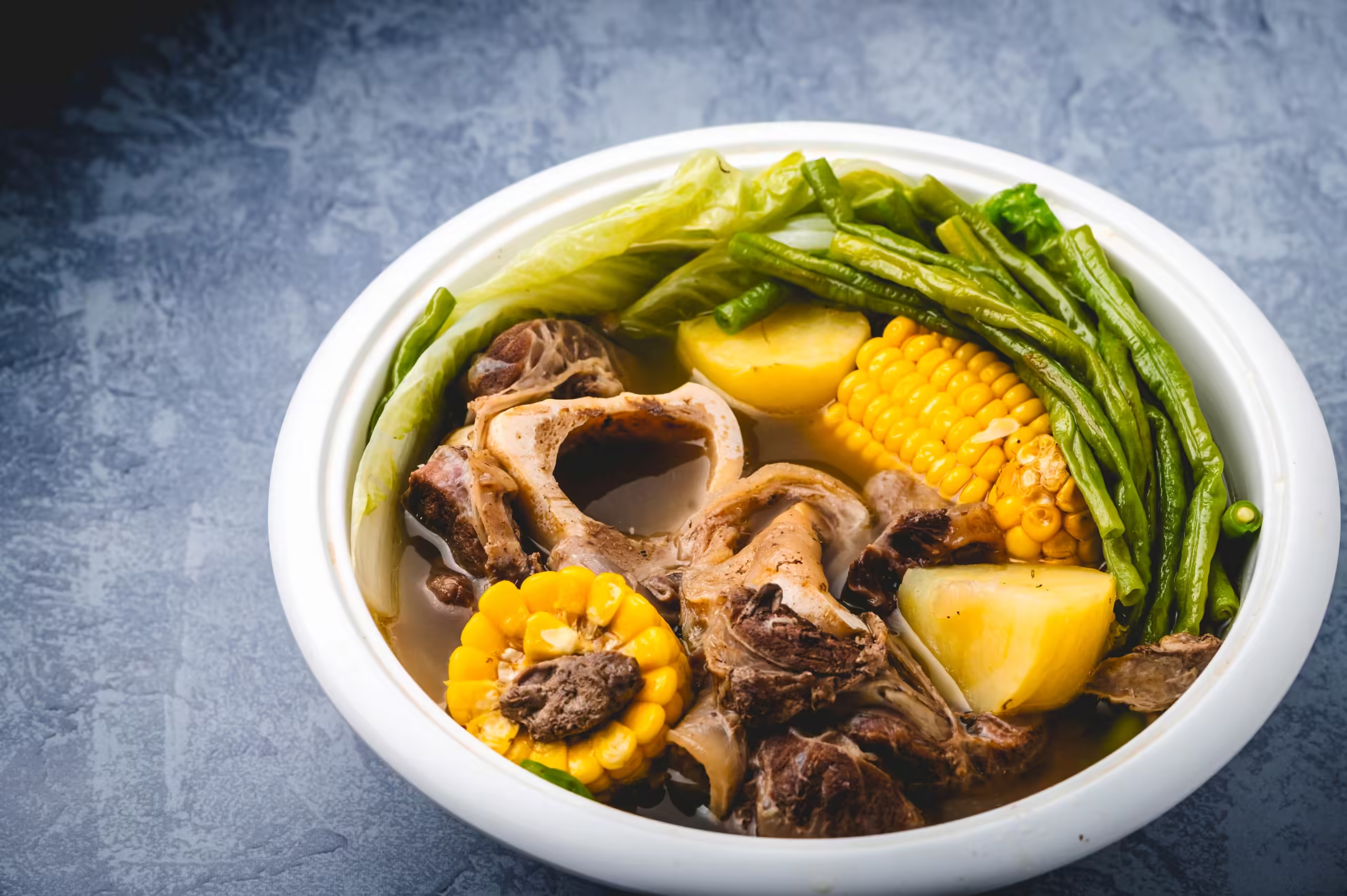Zuppa di Pesce: A Timeless Italian Seafood Treasure
The Origins of the Fish Soup: A Dish Born from the Sea
Italy’s coastal regions have long shaped the country’s cuisine, producing dishes that reflect the daily rhythms of fishing life. Zuppa di Pesce, a rustic seafood soup, began as a practical solution for fishermen. Instead of discarding the smaller, less valuable fish from their catch, they turned them into a rich, flavorful broth. Over time, this simple meal became a cherished dish, with each region adding its own signature touch.
A Dish of Many Names and Regional Variations
Although Zuppa di Pesce enjoys national recognition, its name and preparation vary by region. In Tuscany, locals call it Cacciucco, a robust soup with a tomato-based broth. Liguria’s version, Buridda, often includes cuttlefish and anchovies. Meanwhile, in Naples, Zuppa di Pesce alla Napoletana stands out with its bold use of garlic and chili. These variations highlight Italy’s regional diversity while maintaining the dish’s core essence—fresh seafood, aromatic herbs, and a deeply satisfying broth.
The Essential Ingredients: A Symphony of the Sea
The heart of Zuppa di Pesce lies in its ingredients. Traditionally, cooks combine a variety of seafood—such as shrimp, mussels, squid, clams, and white fish. To build a flavorful base, they simmer tomatoes, garlic, onion, white wine, and olive oil together. Some regions enhance the broth with saffron or chili for extra depth. A final key component is the toasted bread, typically rubbed with garlic and placed at the bottom of the bowl, soaking up every last drop of the broth.
A Culinary Ritual: How Families Enjoy Zuppa di Pesce
Zuppa di Pesce goes beyond being just a meal—it represents tradition and togetherness. Many Italian families prepare it for special gatherings and festive occasions. In coastal towns, it often plays a central role in Christmas Eve dinners, aligning with Italy’s Feast of the Seven Fishes tradition. Since the soup’s deep flavors develop best with slow cooking, patience remains essential.
The Secret to an Authentic Zuppa di Pesce
What separates a great fish soup from an average one? The answer lies in the cooking process and timing. To extract the best flavors, chefs allow the broth to simmer gently. They add seafood in stages, ensuring each type cooks properly—shellfish go in last to prevent toughness. Some Italian cooks even believe that letting the broth sit overnight intensifies its flavor, making leftovers even more delicious.
From Humble Beginnings to a Global Delight
What started as a simple fisherman’s meal has now earned a place in fine-dining restaurants worldwide. Despite its growing popularity, Zuppa di Pesce stays true to its roots by emphasizing high-quality ingredients and careful preparation. This dish perfectly embodies the Italian philosophy of simplicity and excellence—fresh ingredients, minimal waste, and bold flavors.
Why Zuppa di Pesce Continues to Captivate
Few dishes can match the allure of Zuppa di Pesce. Its aroma instantly transports diners to a Mediterranean fishing village, its flavors celebrate the richness of the sea, and its history connects modern kitchens with centuries of Italian culinary tradition. Whether enjoyed in a seaside trattoria or prepared at home with care, this dish remains one of Italy’s most treasured seafood creations.
Discover Traditional Italian Recipes Discover Traditional European Recipes You may like this also: American Oyster Shooter 🎄 See More Christmas Recipes 🎄Ingredients
Instructions
-
To make the chowder, start by cleaning the gurnards: after gutting and rinsing them, incise their backs at the level of the center bone and divide them into two fillets.
-
Then pull out the smaller bones with the special kitchen tongs, hold the fillet lying on the cut and rub it with your fingertips to locate the bones. Save the scraps that will be used for the broth.
-
Now deal with the mullets: after gutting and rinsing them, detach the head and tail, incise the back and obtain two fillets by removing the central bone. You can also proceed by making an incision at the base of the mullet's head, then run the blade from the head to the tail to obtain the first fillet. Remove the bones here too with the tongs. Save the scraps.
-
Now clean the monkfish as well: gut it, remove the tail and fins, peel off the skin and cut with the knife all along the back, next to the center bone, obtain the fillet, cut it into slices. Always keep the scraps aside.
-
Clean the shrimp: detach the head and tail, remove the carapace and pull out the dark filament on the back, helping yourself with a toothpick. Now wash the vegetables for the fish stock and cut them into chunks.
-
In a saucepan pour the vegetables, parsley, scraps from cleaning the fish and peppercorns, you can choose to use black or white.
-
Cover with water, turn on the heat and cook for two hours from boiling. While cooking, remove the foam that will form on the surface with a skimmer. Meanwhile, clean the mussels: make sure they are all closed; broken or open ones should be discarded. Remove any dog teeth on the shell with a small knife, peel off the barbette, and finally scrape away impurities with a clean straw.
-
Now rinse them thoroughly. In a pan heat a little oil with a clove of garlic scamiciato. Pour in the mussels and cover with the lid. Cook for 3-4 minutes, shaking the pan occasionally.
-
The mussels should all be open. Drain them through a colander to collect their cooking water. Then shell them, taking care to set aside a few mussels with their shells for garnishing the dishes.
-
Now cut the cuttlefish into strips. In a large saucepan, heat a round of oil with two cloves of garlic blanched, pour in the cuttlefish, and brown them on high heat for 3-4 minutes. Deglaze with white wine and let it evaporate.
-
Pour in the tomato puree and the cooking water from the mussels. Cover with the lid and cook for 25 minutes.
-
Meanwhile, the fish stock will be ready, strain it through a strainer and keep it aside.
-
Remove the garlic cloves from the soup, add the slices of monkfish and 800 g of the fish stock you prepared. Cook over low heat for 10 minutes.
-
At this point also add the gurnard and red mullet fillets and continue cooking for another 5 minutes, swirling the pan so as not to flake the fish. To finish, pour in the shrimp and the shucked mussels. Season with salt and pepper just now, let it season for another minute, then turn off the heat, add the mussels with the shells, chopped parsley and serve the chowder hot.
-
Your traditonal Zuppa di Pesce is ready. Buon appetito!
















